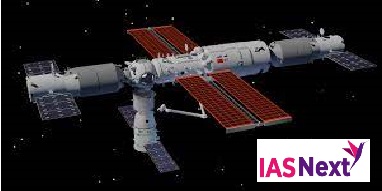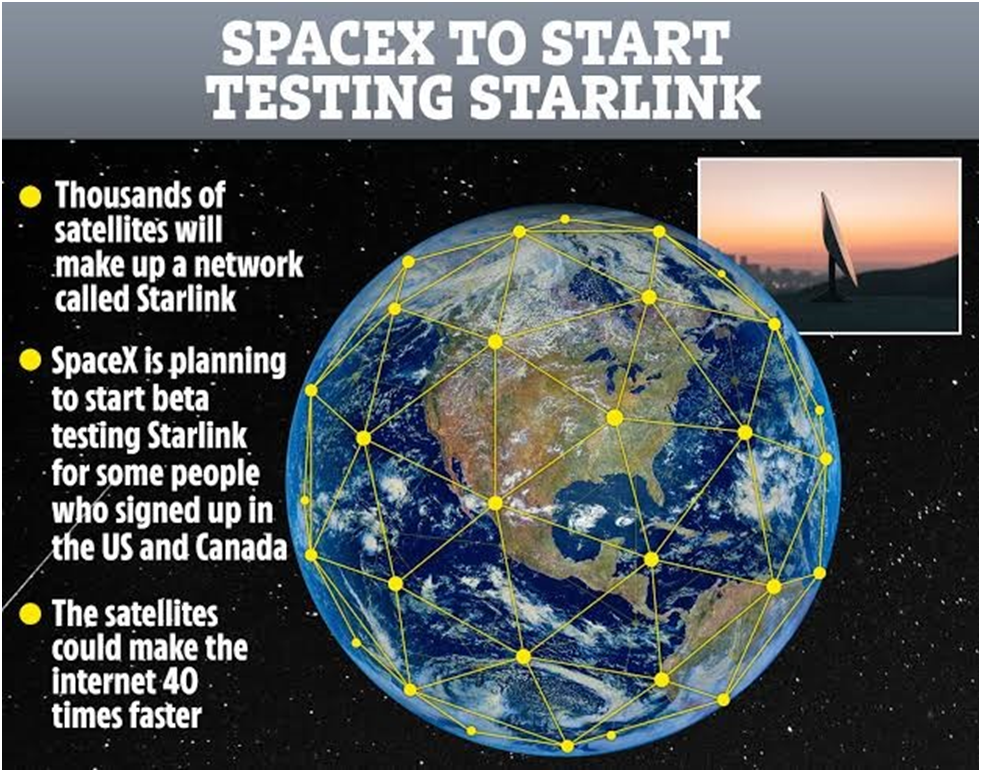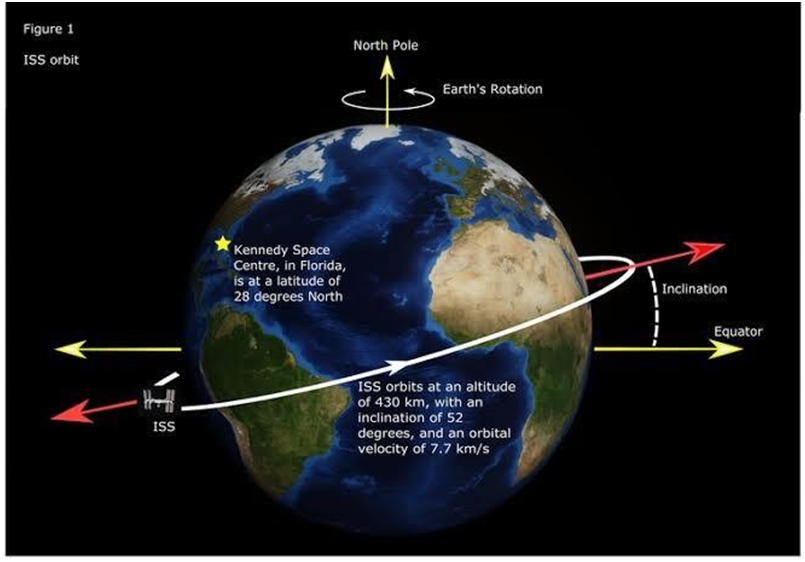CURRENT AFFAIRS
Get the most updated and recent current affair content on Padhaikaro.com
Tiangong Space Station
- IAS NEXT, Lucknow
- 03, Jan 2022

Reference News:
China, which is growing its presence in space, has complained to the UN detailing two alleged space incidents involving its Tiangong Space Station and two Starlink satellites from Elon Musk-founded aerospace firm, SpaceX.
Why did China approach the UN?
Both the U.S. and China are parties to the Outer Space Treaty, which is formally known as the ‘Treaty on Principles Governing the Activities of States in the Exploration and Use of Outer Space, including the Moon and Other Celestial Bodies’.
- The multilateral treaty, adopted by the UN General Assembly, provides the basic framework on international space law.
Key provisions and their relevance in this case:
- According to article VI of the treaty, nations will be responsible for national space activities whether carried out by governmental or non-governmental entities. That means the U.S. can be held responsible for the activities of the U.S.-based aerospace firm SpaceX founded by Elon Musk.
- Article VII states that nations will be liable for damage caused by their space objects, such as satellites.
- Article V of the treaty requires parties to immediately inform other parties or the UN Secretary-General of any phenomenon they discover in outer space, “which could constitute a danger to the life or health of astronauts”.
How does the UN help with space issues?
The United Nations Office for Outer Space Affairs was created to service the ad hoc Committee on the Peaceful Uses of Outer Space.
- The committee was established in 1958 shortly after the launch of the first artificial satellite, Sputnik-1.
- It has been serving as a focal point for international cooperation in the peaceful exploration and use of outer space.
The Outer Space Treaty:
It came into force on October 10, 1967.
The principles embodied in the treaty has facilitated the orderly conduct of activities in outer space.
What’s the concern now?
- Space-related conflicts have occurred in the past and will most likely continue to happen in the future as well, considering the growing number of activities in the space, involving different parties.
- The International Space Station and China’s space station, Tiangong, which is under construction, operate in the LEO, where much of the space debris can be found.
- Besides, there are about 30,000 satellites and other pieces of debris in Earth’s orbit that can reach speeds of nearly 29,000 km/h, raising the possibility of international incidents in the outer space.”
SpaceX’s internet satellite network:
It operates at 550km above the Earth’s surface in LEO, which is increasingly getting crowded. The firm has deployed about 1,900 Starlink satellites.

About China’s Space Station:
- The new multi-module Tiangong station is set to be operational for at least 10 years.
- The space station will operate in low-Earth orbit at an altitude of 340-450 km above Earth’s surface.
Significance of the space station:
- The low orbit space station would be the country’s eye from the sky, providing round the clock bird’s-eye view for its astronauts on the rest of the world.
- It shall aid China’s aim to become a major space power by 2030.
Concerns:
China’s space station will be equipped with a robotic-arm over which the US has raised concerns for its possible military applications.
- The Concern is that this technology “could be used in a future system for grappling other satellites”.
Other space stations:
- The only space station currently in orbit is the International Space Station (ISS). The ISS is backed by the United States, Russia, Europe, Japan and Canada.
- So far, China has sent two previous space stations into orbit- the Tiangong-1 and Tiangong-2 were trial stations.
- India is planning to launch its own space station by 2030.
